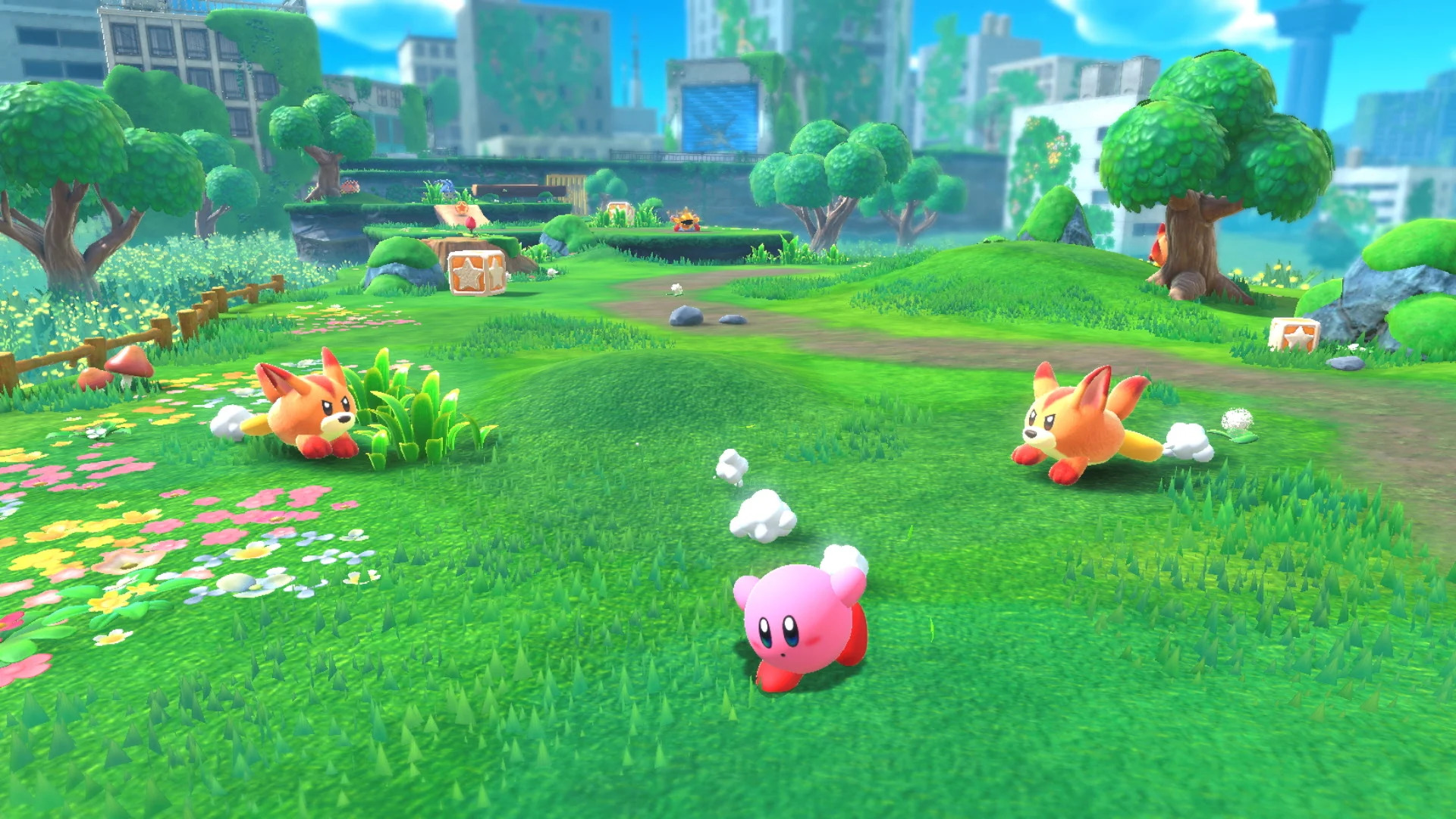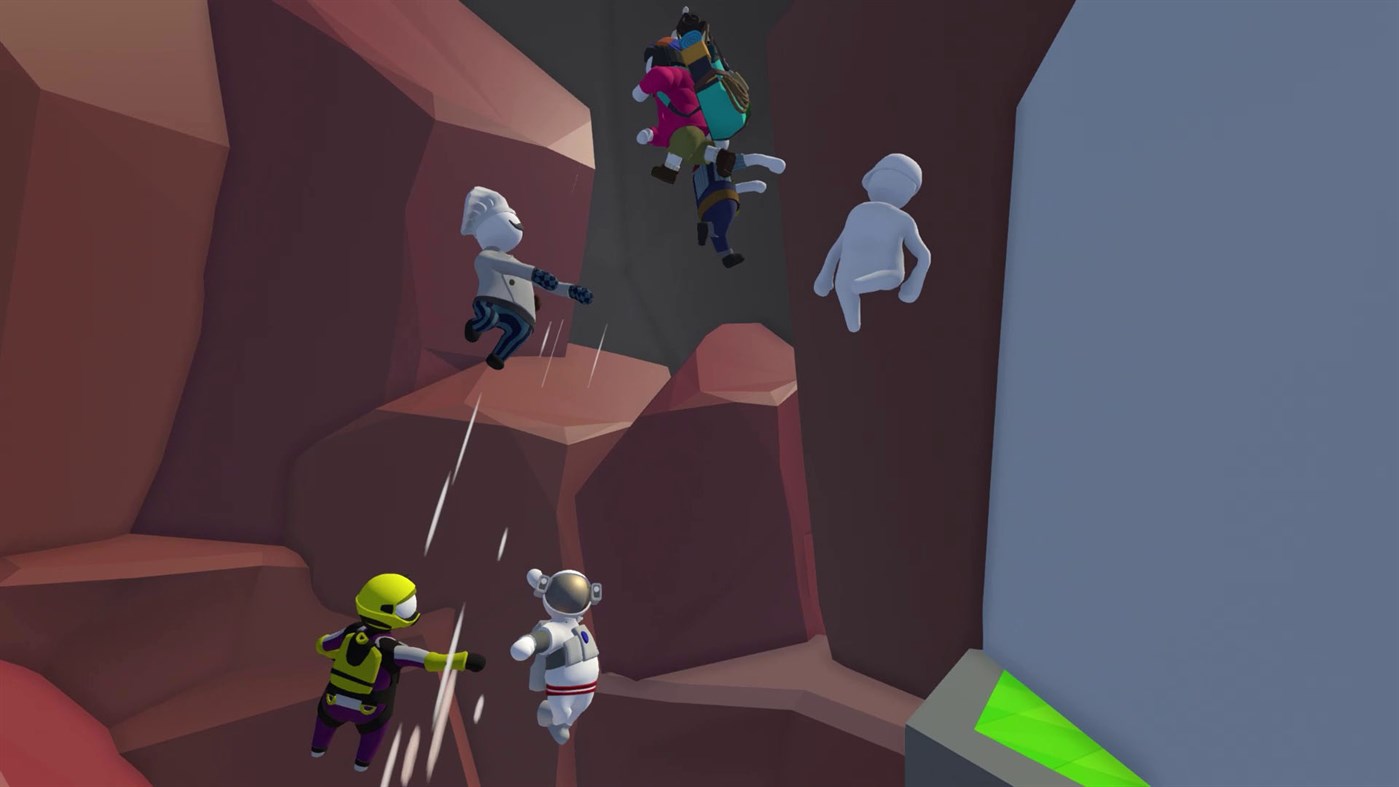I spent months seeing ads for Minecraft Dungeons and assuming it was a fancy Minecraft mod. As it turns out it’s a completely different game. It uses Minecraft textures, sounds, creatures, and trappings (like the currency is emeralds), but its actually an Action RPG.

If you’re new the genre, ARPG is just a fancy name for a Diablo clone. It’s a 3rd person top down dungeon crawler where you collect loot and level up your character. As a big fan of Diablo II and a big fan of Minecraft, you might expect that this would be my kind of game… and you’d mostly be right.
I mostly enjoyed Minecraft Dungeons. While I didn’t play much endgame content or go to the much harder difficulties, I did clear the full story, and some of the postgame, and had a good time with it.
However, I have three fundamental problems with the game
- Lack of twangy guitar music.
- Consumable arrows.
- Map readability and collision.
While issue one pretty much speaks for itself, issue two is a bit more nuanced. Why does it matter that Minecraft Crayons has consumable arrows? To explain that, let’s talk about how the game handles skills.
Minecraft Funyons has an interesting “class” system. I put class in quotes because there are no set classes; how your character approaches the game depends entirely on what kind of gear you wear and enchantments you apply. If you want to be a rogue, you equip armor that makes you deal more physical damage. To be a tank, you equip armor that reduces the damage you take. If you want to be a caster, you equip armor that reduces the cooldowns on your artifacts (effectively your abilities), and then equip artifacts that deal damage. And if you want to be an archer, you equip armor that gives you extra ranged damage and extra arrows.
The problem is that the arrow economy is such that even with bonus arrow armor, enchantments, and artifacts, you STILL run out of arrows at some point each run. With at most 10 de facto classes, it’s a strange design choice to make one of them effectively unplayable.
My third issue was map readability. While the Minecraft style maps are very pretty, because all the elements are visually similar, I often found it hard to quickly figure out which terrain was walkable and which blocked me. And that’s a big problem when trying to make a split second decision with a million mobs following me. Hit a wall, and you’re dead.
Being pinned against terrain by a wave of enemies wouldn’t be terrible if the standard roll ability let you roll through the enemies, but it doesn’t, unlike almost every game I’ve ever played with a dodge. It also doesn’t actually dodge hits. All it does is give you a quick burst of speed followed by being slowed. Looking back, I found this design decision this most frustrating part of the game.
And there are a few other things that don’t quite make sense to me. The enchantment system seems to be built to encourage you to try out new sub builds frequently. But this never really worked. There are only two ways to get your enchantment points/levels back to try out a new item or build.
Option 1 is to salvage the original item, getting rid of it. If you do this and then don’t like your new build, you’re shit out of luck. Option 2 is go give your items to the Blacksmith, which gives you back your enchantment points, and then upgrades the item after your clear 3 levels. But again, if you don’t like your build, you’re still shit out of luck, abeit only for 3 runs. Why there isn’t just a “refund enchantment points” button is beyond me.
The game is also a bit buggy. While none of these are “Eat your savefile” or “Crash your machine” levels of bugs, they’re still annoying. For example, I fought a miniboss at the start of a level, and then spent the entire level listening to the dramatic boss music. Almost every chest you open spews some consumable items out of the level, entirely wasting them. Another time I rolled in the middle of combat and got stuck in a hole in the map.
Overall, I did have fun with it, even if it was somewhat simple. It honestly felt like the game was initially designed as a roguelike, but at some point they changed it to a perpetual gear chase. The addition of the Tower, a game mode that is quite literally a roguelike adds to that theory.
Minecraft Dungeons is available on pretty much every platform, and also has cross-play between all of them. So if you’re looking for a solid, but simple ARPG you can play with other folks, grab a copy, and sit back. Just be prepared to deal with some annoyances along the way. And if you’re still on the fence, you can read more about it here.
Ed Note: The post-game content is actually surprisingly extensive, and decent. I played it even if Max didn’t. It functions similar to PoE’s mapping system, in that the zones themselves are remixes of previously cleared areas with increased mob variety and specialties. It also has it’s own special gear chase with gilded items and whatnot. TLDR: Postgame good!








